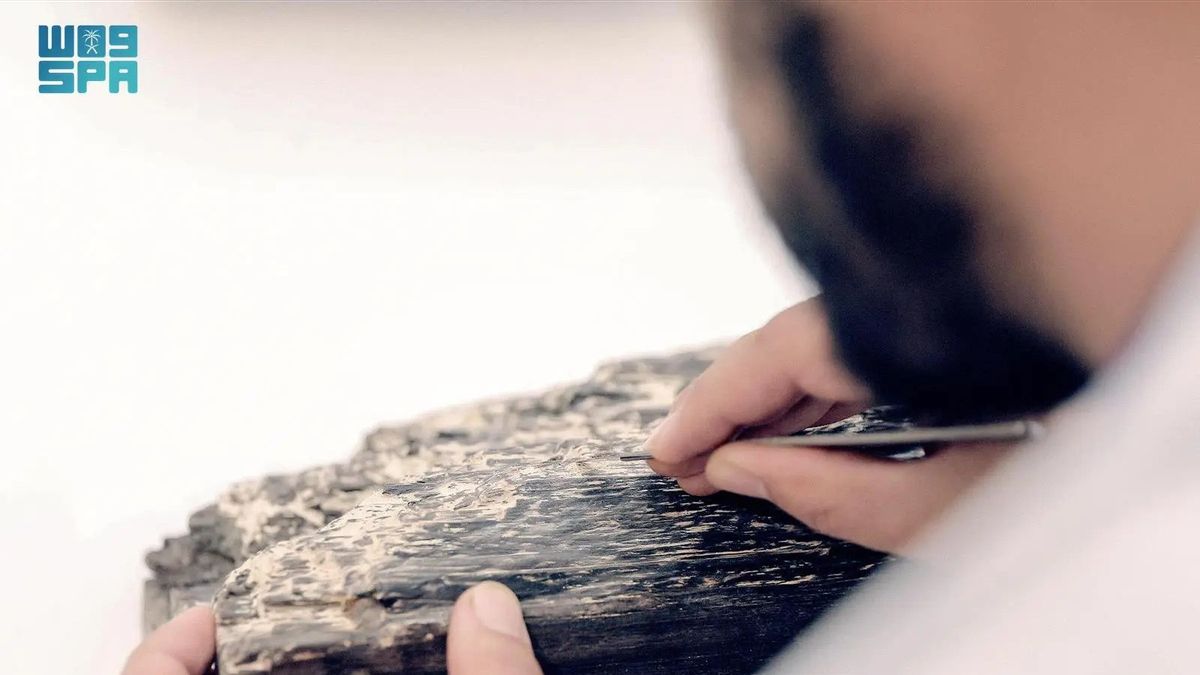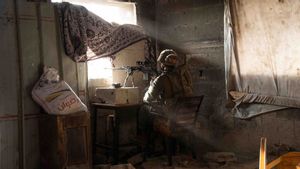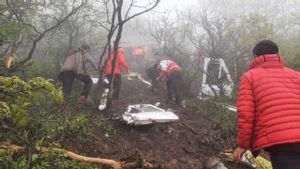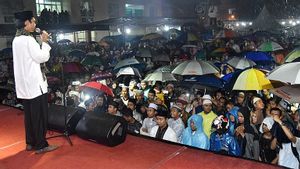
JAKARTA - About 25,000 pieces of artifacts originating from the Islamic caliphate era have been discovered in Jeddah, Saudi Arabia, part of the country's historical disclosure program.
The Jeddah Historic District Program, along with the Saudi Arabian Heritage Commission, announced the discovery dates back to the first two centuries of the Islamic Hijri calendar, from the seventh to eighth centuries, according to a Saudi Press Agency report.
The announcement of this archaeological discovery is part of the Historic Jeddah Awakening Program attempt initiated by Saudi Arabia's Crown Prince Mohammed bin Salman.
The project began in January 2020 with a study of exploration and geophysics surveys aimed at uncovering historical significance from four important locations: the Utsman bin Affan Mosque, Al Shona, part of the Northern Wall and Al Kidwah.
Archaeological investigations at the Utsman bin Affan Mosque reveal artifacts dating back to the first two centuries (-7th to 8th) and cover different periods.
The blackwood pillar found near the mihrab comes from Ceylon (now Sri Lanka), which shows widespread trade ties in the city.
Meanwhile, surveys and archaeological excavations yielded significant findings, including 11,405 pottery shards weighing 293kg, 11,360 animal bones weighing 107kg, 1,730 shells weighing 32kg, 685 building materials weighing 87kg, 187 glass artifacts weighing 5kg, and 71 metal artifacts weighing 7kg.
Excavations on the same site also found collections of vessels and ceramic shards, including high-quality haphazard.
Several works were made in the provinces of Jiangxi, China and date back to the 16th to 19th centuries. Meanwhile, the older pottery shards date back to the Abbasid era.
Meanwhile, archaeological sites in Al Shona, dating back at least 19th century, have found many pottery shards, including ceramics and ceramics from Europe, Japan, and China, dating from the 19th to 20th centuries.
Next, excavations at Al Kidwah (Makkah Chapter Gate Makkah) reveal parts of the East Trench, most likely from the late 18th century.
The tombstone made of Mangabi, marble, and firestones was found in different locations in historic Jeddah.
관련 항목:
This tombstone contains the inscription of the name, the inscription on the tombstone and verses of the Koran, which likely date back to the second and third centuries.
The archaeological studies at the four historic sites include excavations, radiocarbon analysis, soil analysis, geophysical surveys, and scientific examination of artifacts.
Wood samples from 52 buildings were sent to an international laboratory for identification and dating.
The English, Chinese, Japanese, Arabic, and French versions are automatically generated by the AI. So there may still be inaccuracies in translating, please always see Indonesian as our main language. (system supported by DigitalSiber.id)

















